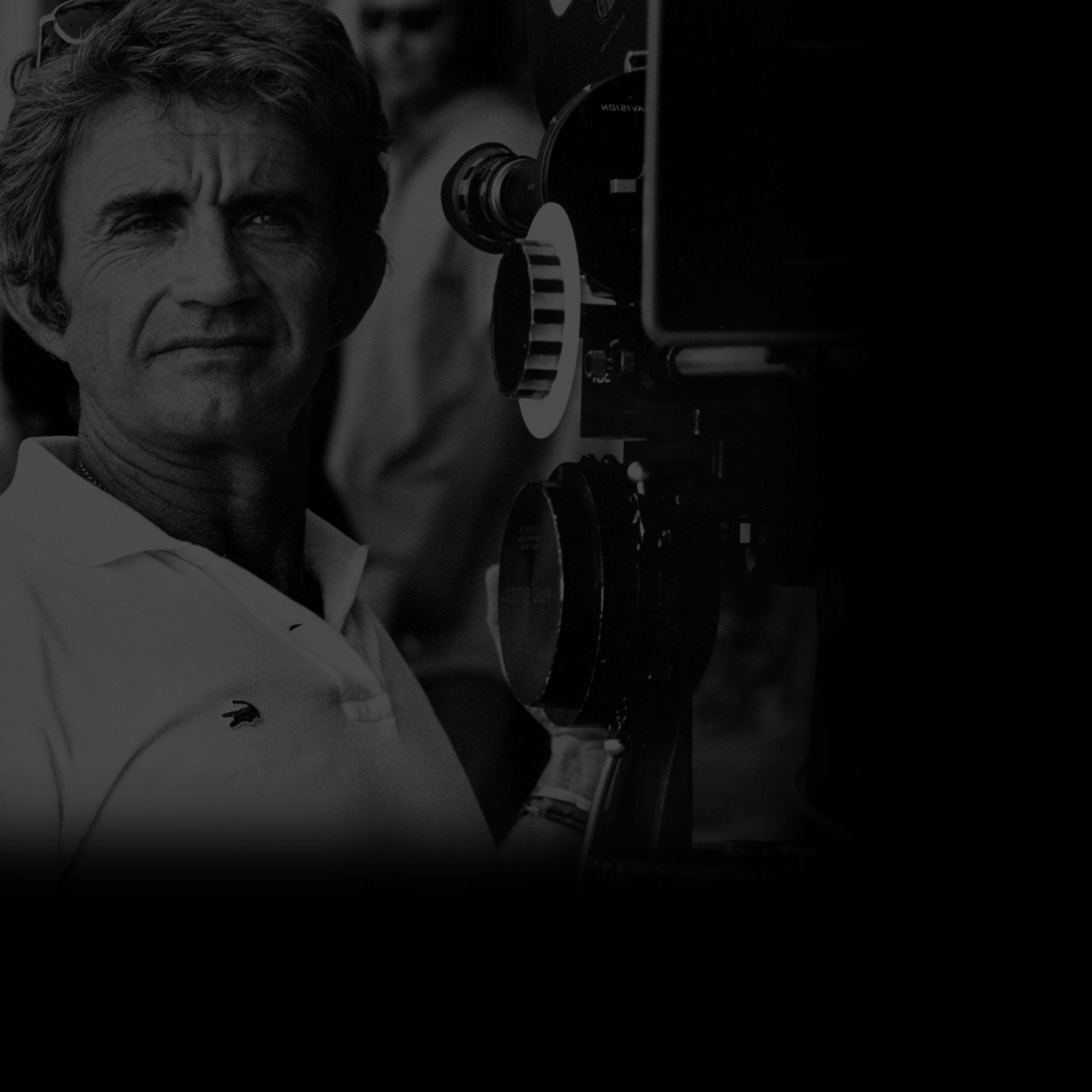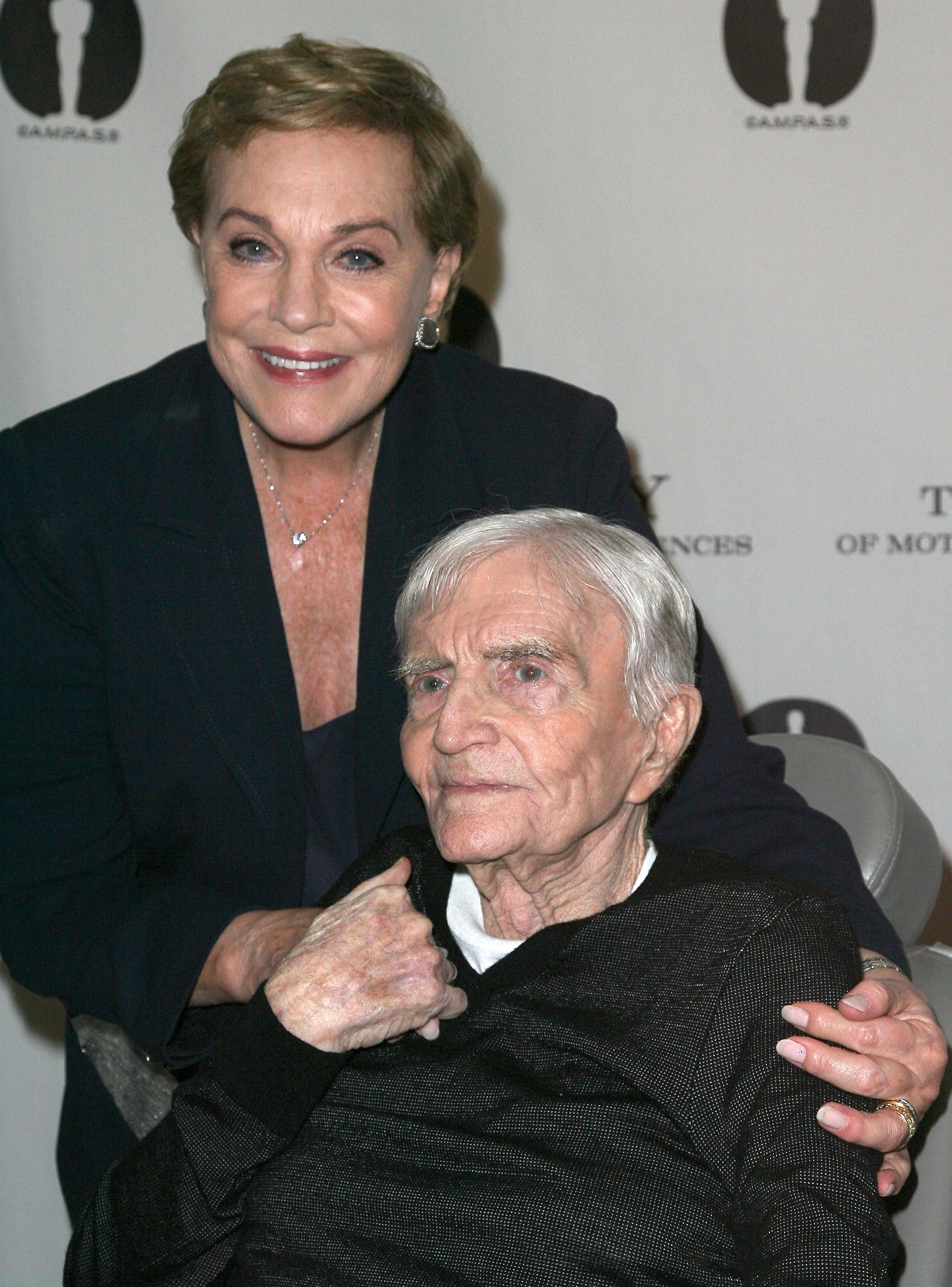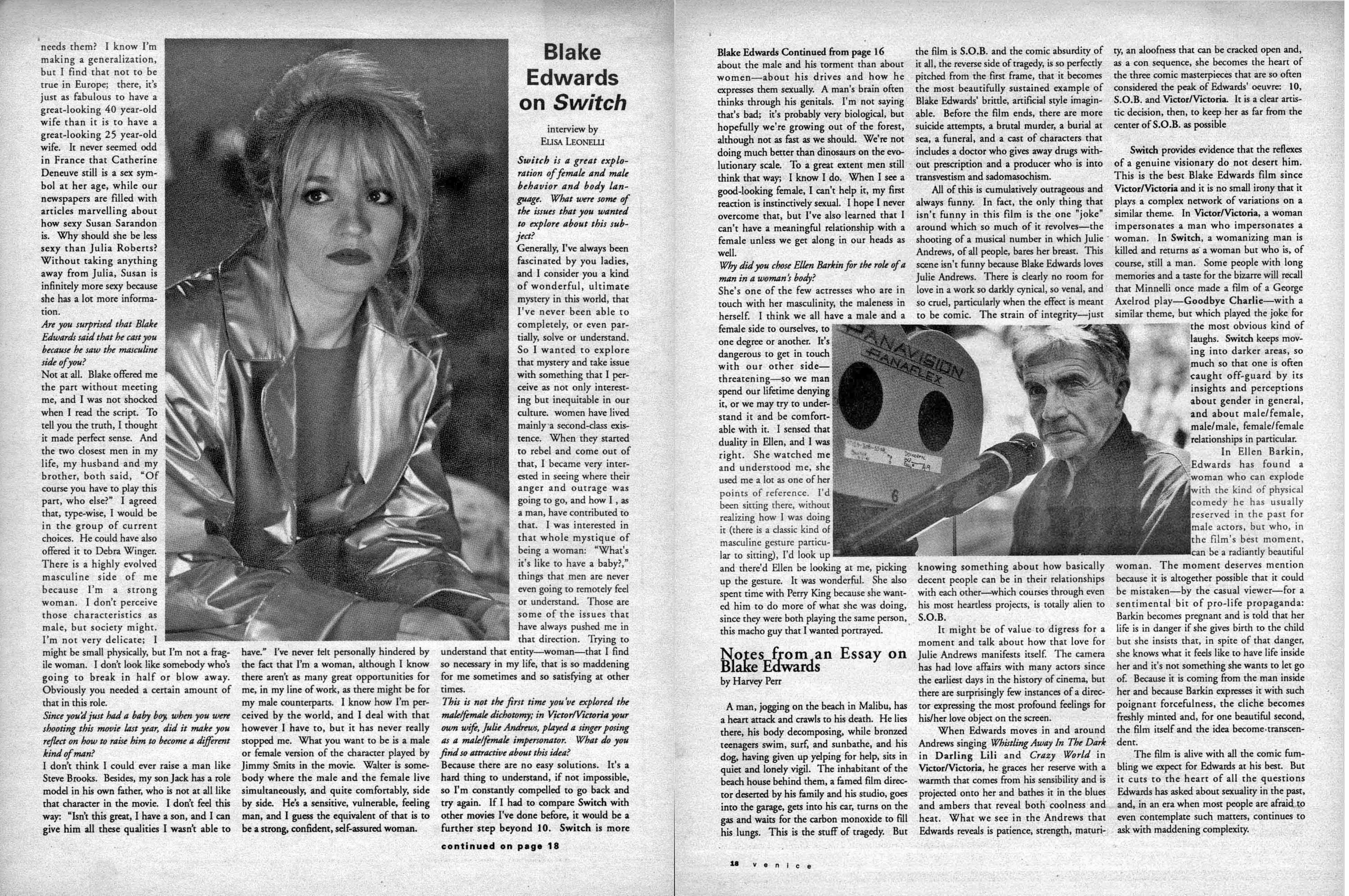Blake Edwards - His Movies And More
There's a lot to consider when we think about the people who shaped our movies, especially someone like Blake Edwards, who, you know, certainly left a big mark on the film world. It's interesting, really, to look at how creative minds put their stories on the screen, and what goes into that whole process, from the first spark of an idea to the finished picture. People often have quite a few thoughts about the choices these artists make, both in their work and, well, sometimes even in their personal lives, as a matter of fact.
When we talk about folks who create films, there are always different sides to the story, aren't there? It’s almost like you get a glimpse into their way of thinking, their methods, and the kinds of characters they like to show us. For someone like Blake Edwards, that means looking at the films he helped bring to life, the folks he worked with, and some of the talk that went on around him.
So, we're going to take a closer look at some of these aspects, pulling from what's been said and shared about him. It's a chance to think about the work of Blake Edwards, how his movies came to be, and some of the public conversations that surrounded his life and his projects, too.
Table of Contents
- Blake Edwards - A Creative Life
- What was Blake Edwards' connection to the silver screen?
- How did Blake Edwards approach his stories?
- Was there a different approach to making movies for Blake Edwards?
- What about the casting choices Blake Edwards made?
- Blake Edwards and the Talk About His Private World
- Other Mentions - Not Blake Edwards
Blake Edwards - A Creative Life
When we talk about Blake Edwards, we're really thinking about a person who put a lot of effort into making films. He was, in a way, a key person behind the scenes for many projects, taking on the role of a producer. This meant he had a hand in making sure the movies actually got made, from start to finish. His creative life was deeply tied to the world of movie-making, you know, influencing what audiences saw on the big screen.
His involvement went beyond just one part of the film creation process. As a producer, Blake Edwards was often involved in the financial side, too, making sure the money was there to get things done. It seems he was quite active in getting these projects off the ground and seeing them through, which is a pretty big deal in the film business, actually. This sort of role usually means a lot of planning and decision-making, so he was a central figure in bringing these stories to audiences.
People often remember Blake Edwards for the stories he told and the way he told them. His creative journey in film, you see, was about putting together a whole picture, from the initial idea to the final version that everyone watched. It’s a bit like being the person who helps guide a ship, making sure it stays on course and reaches its destination, which is a significant part of how movies get made.
Personal Details and Bio Data of Blake Edwards
| Detail | Information |
|---|---|
| Role in Film | Producer, among other roles |
| Collaborators Mentioned | Julie Andrews (his wife), Peter Sellers, McLean Stevenson |
| Projects Mentioned | A dull and lifeless version of a hit movie, S.O.B. |
| Conception of a Movie | First thought of with Julie Andrews in 1978 |
| Time to Bring to Screen | Took four years for one mentioned movie |
| Casting Needs Mentioned | Needed a hot female Russian spy |
| Personal Life Talk | Rumored to be gay or bi, admitted to experimenting when young |
| Character Inclusion | Included sympathetic gay (male) characters |
What was Blake Edwards' connection to the silver screen?
Blake Edwards had a really deep connection to the silver screen, as a matter of fact, particularly through his work as a producer. This role meant he was involved in bringing stories and characters to life for moviegoers. He wasn't just someone who watched films; he was someone who helped make them happen, which is a pretty hands-on way to be involved with cinema. This kind of work means you're really shaping what people get to see and experience when they go to the movies.
His involvement with the silver screen, you know, also included working closely with other talented individuals. For instance, his wife, Julie Andrews, was a part of some of these projects, even putting her own money into them. This shows a partnership that extended beyond their personal lives and into their professional endeavors, too, creating a shared history in film production. It's quite common for creative people to team up like that, pooling their talents and resources.
The connection Blake Edwards had to the silver screen was, in some respects, about the entire journey of a film, from its very first spark of an idea. One movie, for example, was first thought up by him and Julie Andrews way back in 1978. It then took a good four years for that particular project to actually make it to the screen. This lengthy process shows that getting a film made is a complex effort, often with many steps and, you know, a few bumps along the way, too.
Early Days of Blake Edwards' Film Work
In the early days of his film work, Blake Edwards was already busy shaping cinematic creations. We hear that one project, a movie, was first imagined by him and his wife, Julie Andrews, in 1978. That's a pretty long time ago, when you think about it. It’s interesting how ideas can sit and develop over time, just waiting for the right moment to come to life on film. This particular project, it seems, took a fair bit of time to go from an idea to something people could actually watch.
The path to getting a film made, especially in those early stages for Blake Edwards, could be quite drawn out. For that specific movie, it took a full four years for it to finally appear on screens. One of the things that apparently caused this delay was the involvement of Peter Sellers, who was originally set to be in the movie. So, you know, even with a strong idea and a clear vision, there can be various reasons why a film takes its time to get completed, sometimes involving key people and their schedules.
It seems that even in the initial phases of Blake Edwards' film work, there were already discussions about who would be in the movies. For instance, for this one project, there was a need to cast a "hot female Russian spy." This tells us a little about the kinds of characters and stories he was trying to bring to life, and the specific needs that arose during the casting process. It’s pretty typical for filmmakers to have a very particular vision for their characters, and then to go looking for the right person to bring that vision to the screen.
How did Blake Edwards approach his stories?
When it comes to how Blake Edwards approached his stories, there's a particular aspect that stands out, especially regarding the characters he chose to put in his films. He actually included male characters who were, you know, presented in a way that showed them in a good light, even when they were gay. This was something that wasn't always common in movies during his time, so it shows a certain kind of perspective in his storytelling. It suggests a willingness to explore different kinds of people and experiences in his work.
His approach to stories, you see, wasn't just about creating a plot; it was also about the people within those plots. The fact that Blake Edwards included sympathetic gay characters in his movies suggests a desire to represent a wider range of human experiences on screen. This can be a pretty important thing for audiences, as it helps to show a more complete picture of the world, and the various kinds of lives people lead. It's a way of making stories feel more real and relatable to a broader group of viewers, too.
So, his storytelling approach, in some respects, involved a thoughtful consideration of character portrayal. By making these characters sympathetic, Blake Edwards might have been aiming to build bridges of understanding for his audience. It’s a subtle but significant way to shape public perception and, you know, encourage a more accepting view of different individuals. This kind of choice in a story can really make a difference in how people think about things, actually.
Blake Edwards and His Characters
Blake Edwards, when it came to his characters, made some interesting choices, particularly with how he showed certain groups of people. He was known for putting male characters in his films who were gay, and he made sure they were presented in a way that made you feel for them, you know, they were sympathetic. This was a pretty forward-thinking thing to do for the time, as many movies didn't really show these kinds of characters, or if they did, they weren't always in a positive light.
The way Blake Edwards handled his characters, then, shows a certain openness in his creative vision. He wasn't afraid to include individuals who might have been seen as outside the typical mainstream. This suggests that he wanted his stories to reflect a broader range of human experiences, which can make a film feel much richer and more true to life. It’s a way of saying that all kinds of people belong in stories, and that their experiences are worth exploring, too.
So, in his creative work, Blake Edwards made sure that these characters, who were gay men, were given roles that allowed the audience to connect with them on an emotional level. This means they weren't just background figures; they had depth and feelings that viewers could understand. It’s quite a powerful thing, really, to give such characters a meaningful presence in popular films, and it speaks to a deliberate choice on his part to tell certain kinds of stories with certain kinds of people at their heart.
Was there a different approach to making movies for Blake Edwards?
There was, it seems, a particular approach to making movies for Blake Edwards, and sometimes this approach led to outcomes that were, well, not always what everyone hoped for. For instance, he and his team produced a movie that had been a big success before, but their version of it turned out to be rather dull and without much life. This suggests that even with a good idea to start with, the way a film is put together, you know, the choices made during production, can really change how it feels to an audience.
So, this different approach to movie-making for Blake Edwards meant that the execution of a project was incredibly important. Taking a hit movie and making a version of it that felt flat and uninspired points to how the creative decisions during production can either make or break a film. It’s a bit like taking a really tasty recipe and, you know, somehow ending up with something that just doesn't quite hit the mark, even though all the right ingredients were there. The process, it seems, truly matters.
This particular instance highlights that even experienced filmmakers like Blake Edwards could, at times, produce something that didn't quite capture the spirit of the original. It shows that the act of creating a film is a delicate balance, and that the specific way a story is told, the performances, and the overall feel of the movie, you know, all contribute to its success or lack thereof. It’s a reminder that even with a strong foundation, the path from concept to screen is full of potential pitfalls, too.
The Production Style of Blake Edwards
The production style of Blake Edwards, at least in one notable instance, resulted in a film that fell short of expectations, especially when compared to its original source. We hear that a movie he produced, which had been a big hit, ended up being, you know, a very unexciting and lifeless version of what it once was. This indicates that the way he and his team handled the production of this particular film didn't quite capture the energy or appeal that made the first version so popular. It's a pretty clear example of how the creative process can sometimes lead to varied results.
So, the choices made during the production of Blake Edwards' films could, in some cases, lead to a less than thrilling final product. When a movie that was once a crowd-pleaser turns into something that feels, well, a bit flat, it really makes you think about all the steps involved in making a film. It’s not just about having a good story; it’s about how that story is brought to life, the pacing, the performances, and, you know, the overall feel that the production team creates. These elements are all part of the unique style that a filmmaker brings to their work.
This specific example of the production style of Blake Edwards suggests that even with a proven concept, the way a movie is put together can make all the difference. It shows that the act of producing a film involves a lot of judgment calls, and that sometimes, those choices might not resonate as strongly with an audience. It’s a reminder that the creative journey from an idea to a finished film is complex, and the outcome can be quite different depending on the specific decisions made along the way, too.
What about the casting choices Blake Edwards made?
When we look at the casting choices Blake Edwards made, we see that he often relied on suggestions from those close to him, and he also had some specific needs for his characters. For example, his wife, Julie Andrews, actually suggested a young woman from a show called "Upstairs, Downstairs" would be just right for a part, and so, you know, he went ahead and hired her. This shows that he was open to input from people he trusted, which is a pretty common way for filmmakers to find talent.
His casting choices, it seems, also involved replacing actors whose time in a role had, well
- Oppenheimer Movie
- It Ends With Us Trailer
- Claire Danes And
- Star Sign Aries Dates
- Tiffany Trump Husband

Pictures of Blake Edwards

Pictures of Blake Edwards

Pictures of Blake Edwards